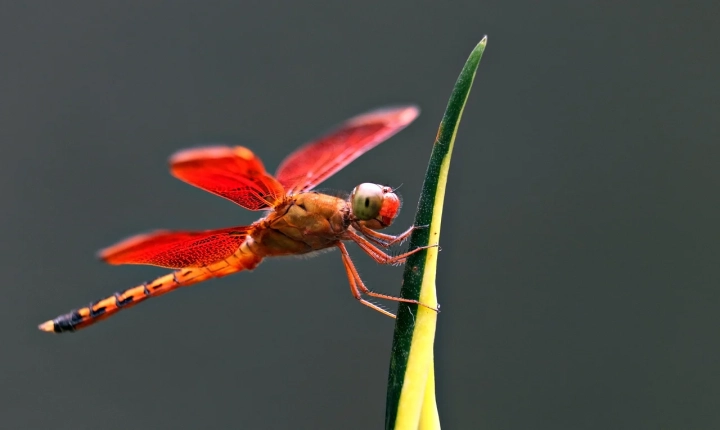Artificial intelligence (AI) has revolutionized many industries, and the art world is no exception. With advancements in machine learning and deep learning algorithms, AI-generated art has become a compelling area of exploration for both artists and technologists. But just how is AI-generated art made?
The process of creating AI-generated art involves a combination of data, algorithms, and human input. Here’s a closer look at how it all comes together to produce stunning pieces of art.
Data Collection
The first step in creating AI-generated art is data collection. Artists and technologists gather large amounts of visual and/or auditory data, which serves as the foundation for the AI to learn from. This data can include images, videos, music, and other forms of creative content. The larger and more diverse the dataset, the more robust the AI model will be.
Training the AI Model
Once the data is collected, the next step is to train the AI model. This involves using machine learning algorithms to analyze the data and identify patterns, styles, and trends within the artwork. The AI model learns from the data and becomes increasingly proficient at recognizing characteristics and features that define different art styles.
Generative Adversarial Networks (GANs)
One popular approach to AI-generated art is through the use of Generative Adversarial Networks (GANs). GANs consist of two neural networks – a generator and a discriminator – that work in tandem to produce realistic art. The generator generates new art pieces, while the discriminator evaluates them. Through a process of continuous back-and-forth, the generator gets better at creating art that the discriminator can’t distinguish from human-created art.
Style Transfer
Another technique used in AI-generated art is style transfer, which involves applying the characteristics of one piece of artwork to another. Using deep learning algorithms, AI can transfer the style of famous artists such as Van Gogh or Picasso onto new artwork, creating a unique blend of styles.
Human Input and Curation
While AI plays a significant role in generating art, human input is still crucial in the creative process. Artists and curators provide guidance, quality control, and artistic direction to ensure that the AI-generated artwork aligns with their vision. They may also fine-tune the output of the AI to produce a final piece that reflects their artistic sensibilities.
Ethical Considerations
As AI continues to advance in the realm of art, ethical considerations come to the forefront. Questions about authorship, ownership, and the role of AI in the art world arise. Artists and technologists must grapple with how AI-generated art fits into the broader context of creativity and expression.
The Future of AI-Generated Art
The journey towards AI-generated art is still evolving. As AI becomes more sophisticated, it holds the potential to inspire new forms of creative expression and challenge traditional notions of artistry. This technology has the power to democratize art, allowing a broader community of creators to experiment and push the boundaries of what is possible.
In conclusion, AI-generated art is a fascinating intersection of technology and creativity. By leveraging the power of AI, artists and technologists are pushing the boundaries of what art can be, contributing to an ever-expanding landscape of artistic expression. With the right blend of data, algorithms, and human insight, AI-generated art is poised to make a lasting impact on the art world.
